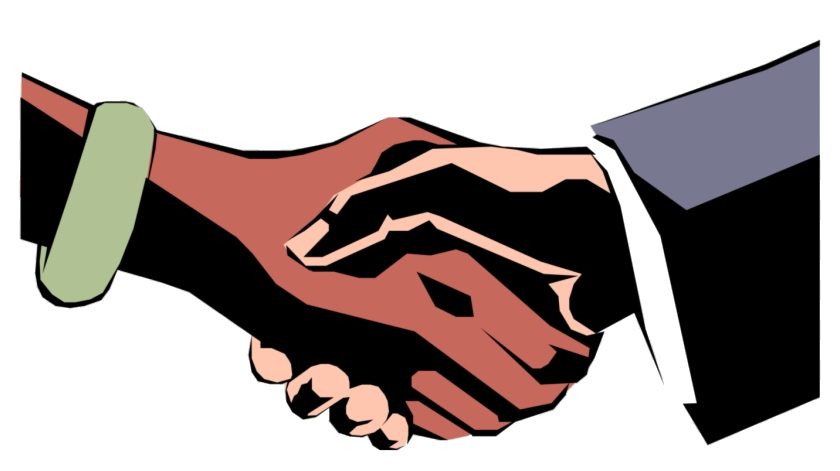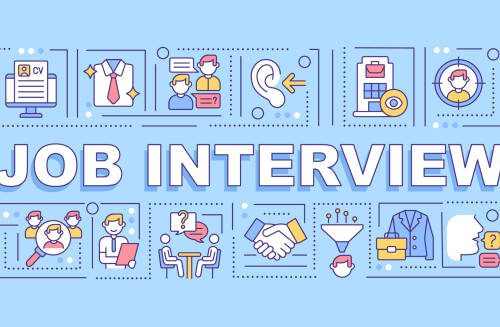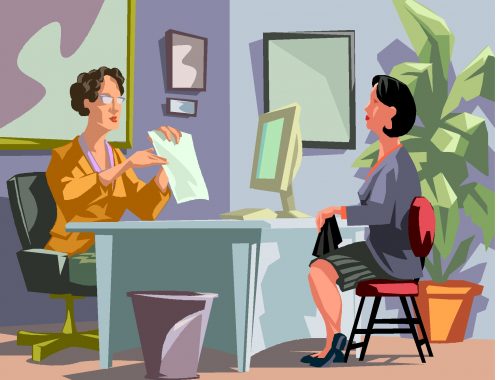How much Interview Can a Simulated Interview Simulate?
A few weeks ago I partook in a simulated interview as a part of my Work-Based Learning module. In our class we split up into groups of five people and prepared questions to ask each other in our interviews. In knowing this interview was to be completed amongst our peers as opposed to a stranger of authority, which it would be like in a professional setting, I was more relaxed where as I wouldn’t be in a real interview. This makes me reflect on how effective this interview actually was and did it prepare me for the real world of work at all?
Using Schön’s Model (2016, Fig 1), I will reflect on how doing this interview made me feel at the time, what I think I have learned from this experience and what I still feel worried about for my future job interviews.
“Reflection is the key to unlocking the potential for learning that lies within our professional experiences.”
Donald Schön (1994: 56)

This mode of practice emphasises the importance of ‘learning through doing’, in order to cope with
the ‘messy indeterminacy’ of everyday work (Schön, 2016). I definitely learn better through actions and doing things myself rather than learning from others. My interview was certainly an opportunity for me to see how I react to a stressful situation and reflect on how I dealt with it and learn from my mistakes.
I undertook an interview for a freelance videographer position with Emerald Green Media Ltd. I chose this job as I felt it was an achievable job for my skills and interests. The job description suited me well and I felt confident in the answers I prepared for possible questions I might get asked.

Reflection in Action (during):
Before the simulated interview I kept reminding myself that it is not the real thing and to leave all my nerves at the door. The lack of repercussions of this interview provided a great opportunity for me to practice presenting confidence to the employer and refraining from fidgeting. I made sure to cross my legs when i sat down and interlock my hands on the lap to stop myself from wanting to fidget with my hands. I noticed my peers who were interviewed before did not do this and they came across less confident than they could of been so I made sure not to make the same mistake!

As much as I tried to prepare answers for possible interview questions, there were still a few that caught me off guard, challenging me to think on the spot. I was asked for an example of a time I used my initiative in a job. I hadn’t thought of an answer for this question, causing a slight panic to set in. Thankfully I quickly remembered an example of a previous short film I worked on and a scene we blocked out before shooting didn’t look right on the day and I used my initiative to re-block the scene with the actors on the day quickly and efficiently as to not waste more time. I was impressed with my ability here to adapt to unexpected questions and I could tell that my peers were impressed, making me more confident in my interview skills.
Reflection on Action (after):
After I completed my interview, I immediately received my peer review questionnaire form back. Upon reading my form, I found my peers thought I did a good job overall in the interview. I was told I came across passionate, very confident and adapted well to questions. This feedback was great to hear and has definitely increased my overall confidence for future interviews.
In terms of negative feedback, I was told I was slightly repetitive on some answers and the implementation of the ‘STAR’ technique would help me structure my answers.

“A STAR is an example of a past behavior which includes a situation or task, the specific action
White, P., & Mickelson, S., & Brumm, T. (2005)
taken, and the result of the action”
As I mentioned previously, I was able to adapt to an unfamiliar question well but looking back I realise if i had thought about the STAR technique at the time I could been more concise with my answers and avoided rambling on the same point for too long. This is a technique I will now remember and continue into my professional life.
Conclusion:
After reflecting on my simulated interview I can now understand what areas of the process helped me prepare for my future professional interviews. I now realise the importance of the STAR technique as it can help me give examples in an efficient manner. I was impressed with my confidence and lack of fidgeting in my interview, however I worry I will forget to portray this in a real interview as the lack of repercussions of the simulated interview automatically reduced my stress levels, something unavoidable in real life. Overall I found the simulated interviews very helpful as I have reflected using Schön’s Model, allowing me to learn how well I learn on the spot, whilst doing rather than simply reading about how to present myself in an interview.

Bibliography:
- Schon, D.-A. (1994). The reflective practitioner. Montreal: Editions Logics.
- White, P., & Mickelson, S., & Brumm, T. (2005, June), Helping Students Become Interview Stars Paper presented at 2005 Annual Conference, Portland, Oregon. 10.
You May Also Like

To Be Or Not To Be – That Is The Interview Question
23 February 2023
BE A S.T.A.R 🌟
14 February 2023

